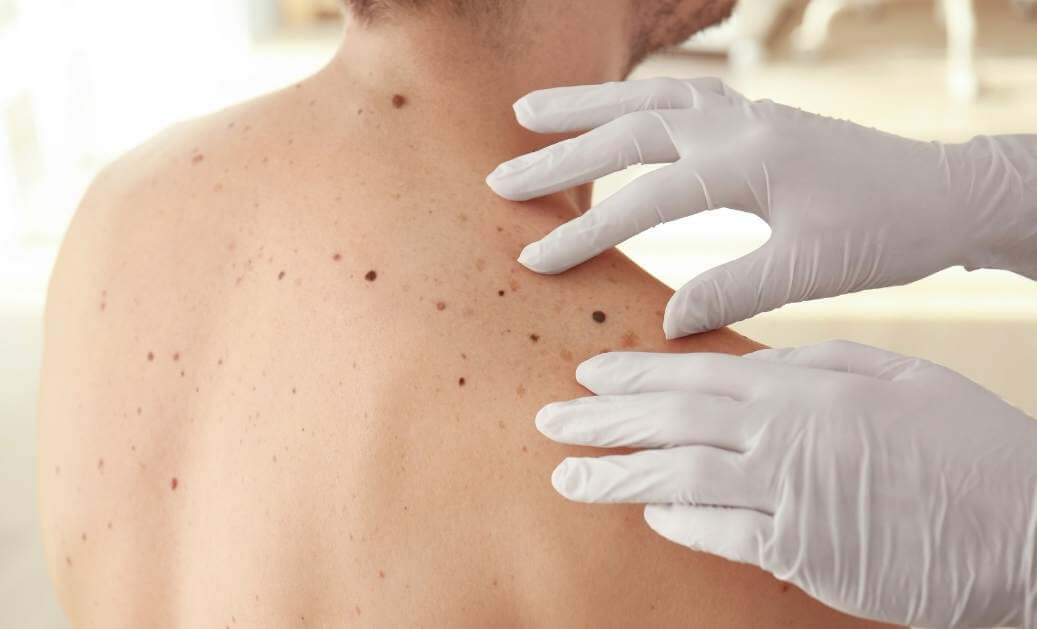
There’s an old adage that says minor surgery is never minor if it’s on me. Perhaps that’s why many people resist the removal of benign moles while the procedure is safe and simple. Here are some myths to disregard when considering benign mole removal.
Removal is Painful
Many of our patients are excited to learn that mole removal is relatively painless, with little discomfort during or after the procedure. Lidocaine and topical creams are great at reducing discomfort during the procedure and over-the-counter medications make your recovery comfortable as well.
When removing a mole, your board-certified dermatologist has options available to ensure a comfortable and safe excision. The method of removal will depend on its location, size, and type. We typically use one of these proven methods of mole removal:
Surgical Excision
If the mole has a deep base, excision is the best way to remove it. Extraction is possible with surgery where it is cut out and sutured closed. This process is highly tolerable because of an applied anesthetic and is used for moles that are moderate to large, cancerous, or non-cancerous.
Surgical Shaving
Many moles will respond to the shave technique where we shave them off. We may inject an anesthetic for comfort, and apply aluminum chloride after excision to stop any bleeding instantly. There are times when cauterization is necessary to remove skin layers to reduce the chance of the mole growing back. This process is for the smaller moles that are non-cancerous.
Moles Return After Removal
When we remove a mole at ICSL Dermatology and Plastic Surgery by cutting it out and closing with stitches, it should not return. When a part of the mole is shaved off, it is less likely to come back as well. At ICLS Dermatology and Plastic Surgery, our patient’s health and safety are our utmost importance, this is why we always send the removed mole away to be tested by the lab to ensure there is nothing cancerous about the lesion.
Mole Removal Causes a Significant Scar
Depending on the size of the mole and technique to remove, the scar that is left behind can range in appearance from a line to a small depressed divot. Post care is extremely important in the healing process and Dr. Sapra does recommend using a scar gel during your healing process to improve the overall appearance once healed.
Learn More
If you have a question about skin cancer or an existing mole, defect, or blemish, call ICLS Dermatology and Plastic Surgery at 905-842-2262 or schedule a consultation today!
